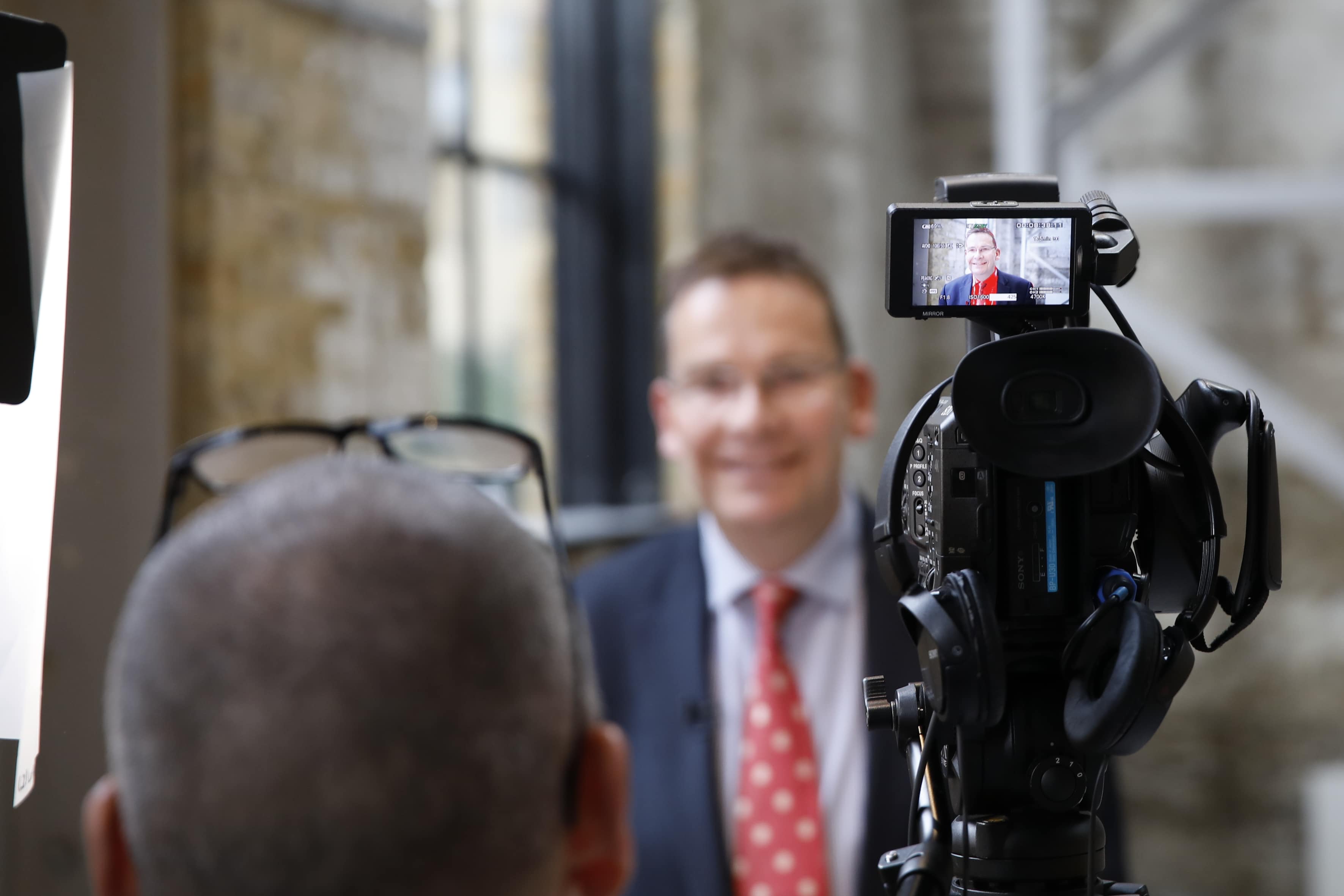Our Top Tips:
Six Quick Reads on Principles You Won’t Easily Find Elsewhere
We have been blogging since 2014! That is ten years. There are over three hundred blogs on our website. Many of them are very time specific and the relevance is long gone but there are a few I come back to time and again. Even if the illustration is forgotten, the lessons remain
This week I thought it worth reminding more recent readers of some of the older but still highly pertinent points from our endless quest for a formula for better communication. Most of these points refer to both media interviews and giving a presentation or speaking in public.
Let’s start with the basics. Every session we do deals with the importance of avoiding jargon, technical language and formal language that might be right for a policy document but is wrong for any spoken communication.
Here is a piece from trainer Eric Dixon that highlights this basic point.
Speaking Human is a Must Have Skill by Eric Dixon

Trainer Eric Dixon has been a broadcaster and stage presenter for his entire career
Of course, speaking in public is not just about the words you use, it is also important to get the tone right. This is a little harder to teach but easy to spot when someone does it well, as Richard Ratcliffe did over and over again whilst his wife was held by the Iranian government.
Media Training; Getting the Tone Right
Using metaphors, analogies and similies will power up your communication. They will entertain your audience and they will make your argument more digestible, and often more memorable. In a media interview, they will help to get you quoted. Proving the power of metaphor to sceptics is very much part of the day job for us, and I wrote about it here in 2018.
Stories, anecdotes and examples bring to life your arguments. This is one of the most underused communication principles in formal communication, yet go down the pub and everyone is telling stories! I have no memory of the James Murdoch speech I wrote about in this blog in 2016, but all the takeaways are as valid today as they were then.
Note to Self: Remember the Power of Stories

Lindsay Williams and Eric Dixon training together in 2016
When clients start to use stories and anecdotes they sometimes leave out all the little bits of information that create a picture and a connection for the listener or reader. It’s a difficult balance. Journalism teaches writers and broadcasters to use just one or two interesting nuggets to bring a narrative to life but it’s a technique that can be used by any speaker.
Finally, one of my favourite and most successful early blogs: The sad story of Cecil the Lion in 2015, illustrated a key communications principle that I first learnt from my Mum. She was alive when I published this and highly entertained to have one of her ‘stories’ make it into my blog. This is all about the power of a name.
Lessons from the Death of Cecil the Lion

Cecil the Lion
I hope one or two of these, provide food for thought.
Image of Cecil the Lion
By Daughter#3 – Cecil, CC BY-SA 2.0, https://commons.wikimedia.org/w/index.php?curid=42030099
- A Behind-the-Scenes TV Cheat… and Why It Works - November 26, 2025
- What Should I Do With My Hands? - November 19, 2025
- A Jar of Marbles and the Power of a Simple Story - November 12, 2025




Leave a Reply
Want to join the discussion?Feel free to contribute!